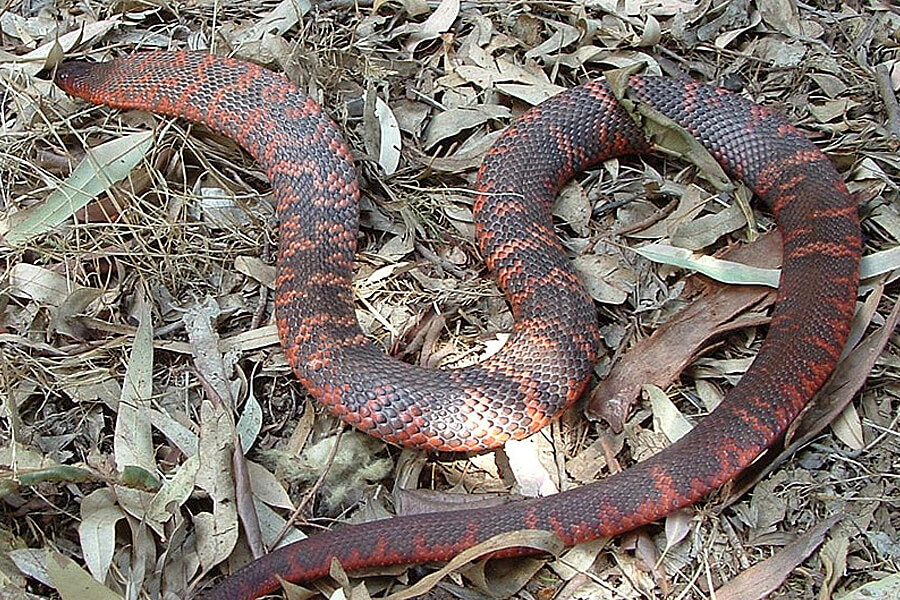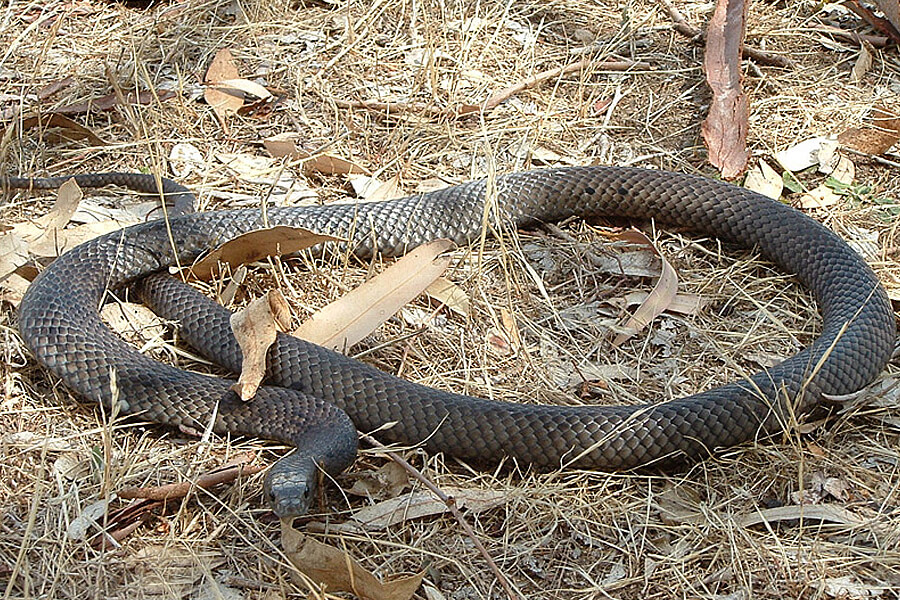Introduction
Australia is renowned for its special wild animals, consisting of a varied selection of poisonous serpents. These animals, while frequently feared, play essential functions in preserving ecological equilibrium. Understanding the conservation of Australia's poisonous serpents and the role that education and learning and recognition play can considerably improve our coexistence with these interesting reptiles. This article checks out various facets of snake conservation, the importance of public education, and practical emergency treatment measures for snake bites.

Conservation of Australia's Venomous Snakes: The Function of Education and Awareness
In Australia, serpents are an essential part of the community, controlling insect populations and adding to biodiversity. Nevertheless, several species deal with hazards due to habitat loss, climate adjustment, and human activity. The preservation efforts targeted at securing these reptiles hinge dramatically on education and learning and increasing recognition amongst the public.
By informing people Continue reading about snake habits, their environmental significance, and risk-free methods for cohabiting with them, we can minimize fear-driven activities that lead to unnecessary murders or injuries. Educational initiatives assistance resolve myths surrounding serpents-- such as the common concern: are tiger snakes venomous?-- and encourage respect for their function in nature.
The Relevance of Recognition Programs
Awareness programs are necessary in transforming public understandings regarding snakes. Many individuals view these reptiles as inherently hazardous without comprehending their eco-friendly functions. Public outreach efforts can include workshops, community events, school programs, and info projects developed to inform people concerning:
- Identification of venomous species: Recognizing which snakes threaten helps individuals prevent encounters. Safe behaviors: Training individuals just how to act around snakes can protect against bites. First help knowledge: In instances where bites do happen, being informed concerning first aid for serpent attacks can conserve lives.
By enhancing understanding via structured education and learning efforts, we can promote a culture that values wildlife and focuses on conjunction rather than fear.
Types of Venomous Snakes Established In Australia
Australia is home to several of copperhead snake tasmania the globe's most poisonous snakes. Here's a quick introduction:
Tiger Snake (Notechis scutatus)- Commonly located in coastal regions. Known for its powerful neurotoxic venom. Frequently seen near water bodies.
- Highly aggressive with potent venom. Responsible for even more snakebite casualties than any kind of various other varieties in Australia.
- Known for its ambush hunting style. Has swift striking speed with extremely neurotoxic venom.
- One of Australia's largest poisonous snakes. Its bite can deliver large quantities of neurotoxin.
- Generally non-aggressive yet still possesses unsafe venom. Found mostly along the southwestern coast.
Understanding Their Habitats
Understanding tiger serpent habitat is important for both preservation efforts and public security. Tiger serpents thrive in locations close to water resources such as swamps, lakes, and marshes but they also occupy seaside regions. Protecting these environments is important for guaranteeing the survival of not only tiger serpents however additionally other wild animals within these ecosystems.
Habitat Security Initiatives
Various companies function in the direction of habitat defense via campaigns such as:
- Establishing shielded areas Restoring degraded habitats Promoting sustainable land use practices
These gauges not only benefit tiger snakes however contribute to total biodiversity conservation.
The Function of Research in Conservation Efforts
Research plays a pivotal function in recognizing snake populaces and their health and wellness condition. Ongoing researches right into the ecology and actions of Australian serpents notify conservation strategies by providing data on populace numbers, reproducing patterns, and risks faced by various species.
Key Study Areas Include:
- Venom analysis Population dynamics Habitat preferences
This research can assist effective management plans to shield at risk types while facilitating conjunction with humans.
First Aid for Snake Bites: Vital Knowledge
One vital facet that intertwines with education and learning is understanding what to do in case one experiences a snake bite-- a situation that demands immediate action skills.
What Every First Aid Set Need To Contain
A correct snake bite emergency treatment package ought to include:

- Compression bandages Sterile gauze pads Antiseptic wipes A splint or immobilization device Emergency get in touch with numbers
Step-by-Step First Aid Treatment for Snake Bite
Remain calm; try to limit movement as it may spread venom quickly. Apply a compression bandage above the bite site without cutting off circulation. Keep the bitten limb incapacitated at or below heart level. Seek emergency situation medical assistance immediately.Why Education on Emergency treatment Is Crucial
Educating communities regarding emergency treatment measures ensures prompt feedbacks during emergency situations which can significantly decrease morbidity connected with snake bites throughout Australia.
Frequently Asked Questions (Frequently asked questions)
1. Are tiger snakes venomous?
Yes! Tiger serpents are extremely poisonous with neurotoxic results that make punctual clinical treatment vital after a bite.
2. What need to I do if bitten by a baby tiger snake?
Follow standard first aid treatments instantly-- keep one's cool, paralyze the arm or leg, use pressure over the bite website using a bandage or cloth without restricting blood flow-- and look for medical aid without delay.
3. How typical are serpent attacks in Australia?
While data differ year-to-year as a result of elements like weather affecting serpent tasks; ordinary reports suggest around 300 instances every year with deaths being reasonably unusual because of improved medical responses.
4. Can I treat a serpent bite at home?
No! Home therapies follow this link such as applying ice or drawing out poison are inefficient; professional medical attention is required after any kind of suspected bite incident.
5. What's one-of-a-kind concerning eastern brownish snakes?
They're understood for their aggressive nature incorporated with potent poison; they account for many deadly bites in Australia due greatly to their proximity to inhabited areas!
6. What are some usual indications adhering to a serpent bite?
Symptoms might consist of swelling around the bite area, pain at or near the website; systemic symptoms might include nausea or problem taking a breath depending upon contaminant type absorbed right into bloodstream!
Conclusion
Conservation initiatives bordering Australian venemous serpents hinge on efficient instructional approaches that empower areas while cultivating respect towards these often-misunderstood animals! By boosting recognition concerning their ecological value along with correct security procedures-- including emergency treatment understanding-- we pave roads toward sustainable coexistence profiting both people & & wild animals alike!
In significance-- the conversation bordering preservation has to continue growing via proactive interaction marrying clinical research study together with area involvement ensuring purposeful impact today & & tomorrow!